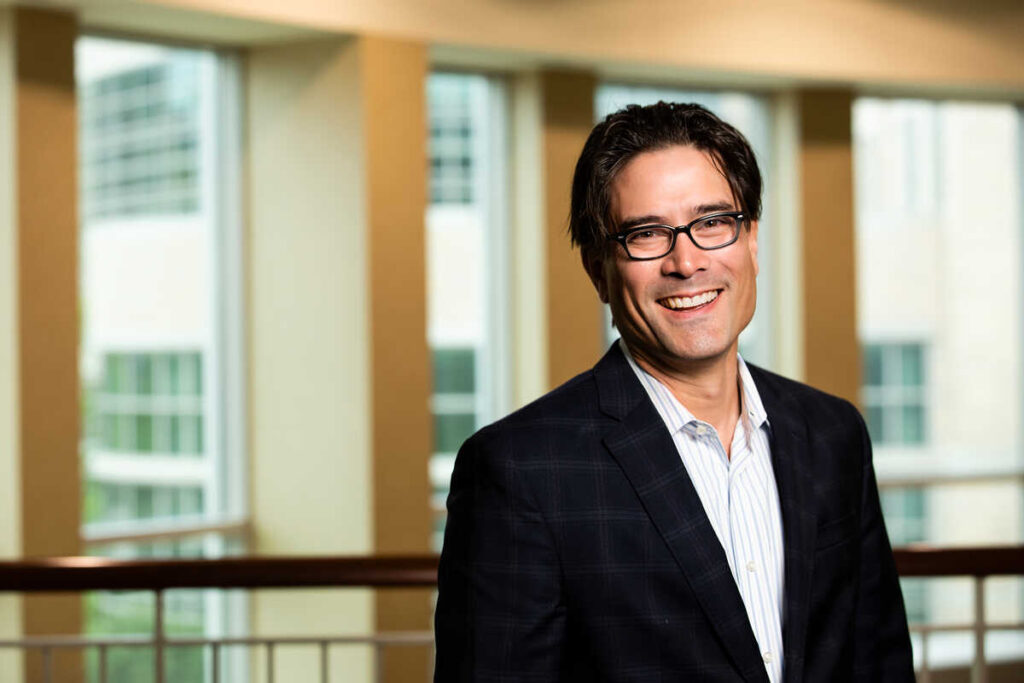Ali Ling, civil engineering professor at the University of St. Thomas School of Engineering, recently published an article in the Star Tribune about how to mitigate risk from PFAS and important new regulations on these “forever chemicals.”

From the story:
I’m an engineer. I like to build things that solve problems. So part of me was excited about the recent announcement from the federal Environmental Protection Agency of new drinking water limits for six per- and polyfluoroalkyl substances (PFAS), which will reduce health risks for some Americans. But we need to think about health risks holistically and focus our limited resources on policies and actions that equitably reduce health risks for current and future people.
The majority of Americans get most of their PFAS exposure from food and household dust inhalation, not through drinking water. In addition, we are still making and using a lot of these chemicals. Focusing on PFAS that are already in the environment before we significantly reduce production and emissions is like trying to drain the bathtub before the faucet is turned off. ...
If we are worried about environmental PFAS and associated health risks, we cannot afford to make the drain big enough. We need to turn down the tap.
Turning down the tap means phasing most PFAS out of consumer products, which can likely be accomplished within the next decade. Success stories like those from IKEA and Keen Footwear show that we can phase these chemicals out of many consumer products. Most PFAS in consumer products have replacements available now, but companies need to better understand the PFAS in their supply chains as a first step toward phasing them out. ...







